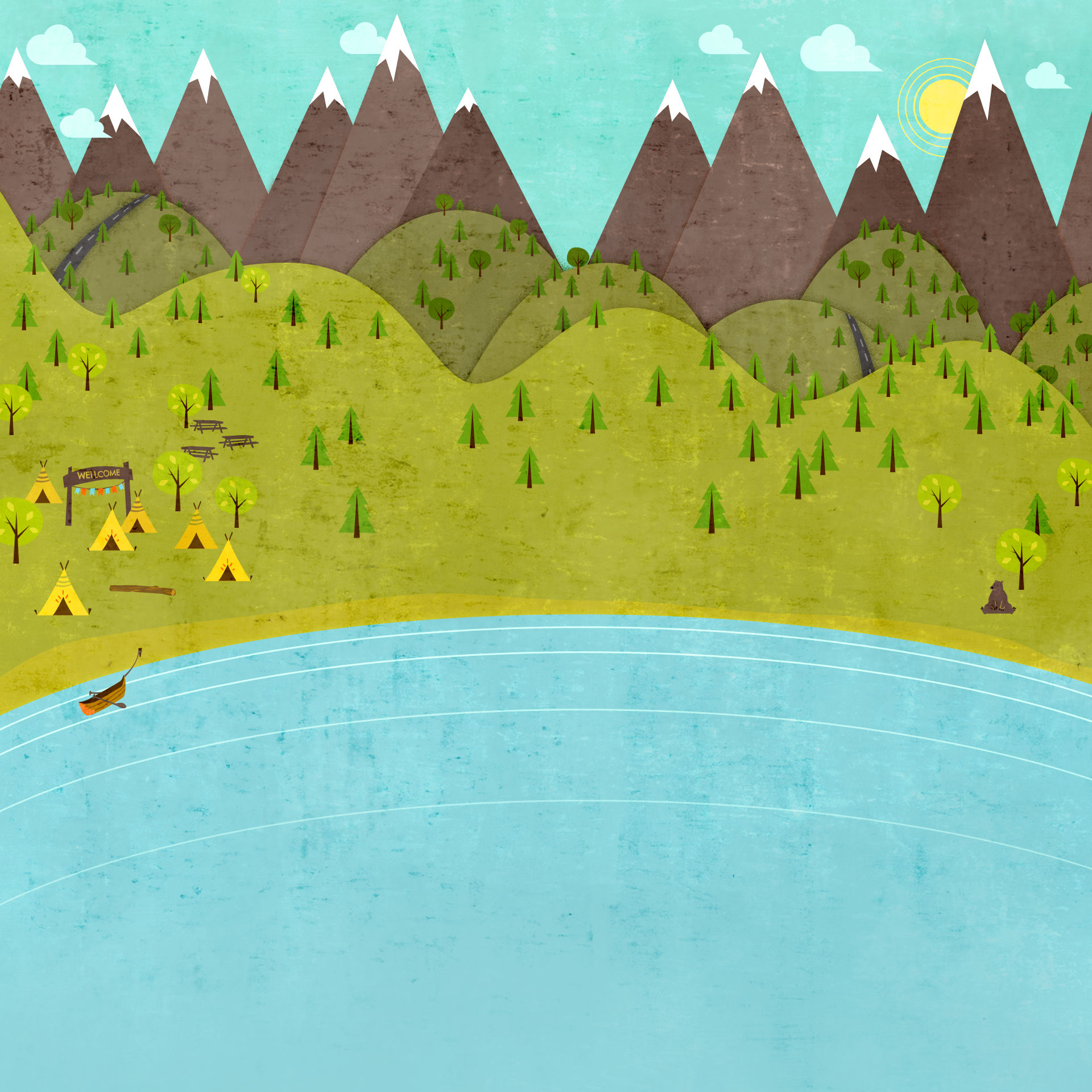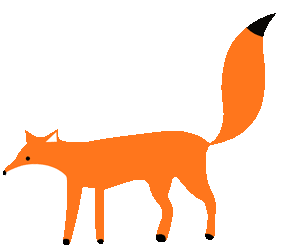

Crooked Wings still learn to fly
Q&A - Vertebral Body Stapling (VBS)
VBS – Vertebral Body Stapling (stapling) was conceived decades ago as a type of “internal brace” that controls the uneven growth and progressive curvature of the young scoliosis spine. This procedure wasn’t used often, until 2002 when new staples made of a “memory shape alloy” solved the initial concern about a staple becoming dislodged. This began a new paradigm in pediatric scoliosis treatment. It became a movement away from just stabilizing the curve with external bracing, to being able to modulate the growth process of the child’s spine in order to correct the curve. Stapling is a minimally invasive surgical procedure which works best for thoracic curves under 35°, especially for those who, physically or psychologically, are unable to tolerate wearing a brace for as often and as long as necessary to help prevent a curve from progressing.
For more information on this technique, please either click the title above or see here. For some questions and answers on the topic from Pediatric Spine Foundation please see below. And a good PDF link from Vertebral stapling website can be found here.

What is Vertebral Body Stapling (VBS)?
Vertebral body stapling, or VBS or stapling, is a minimally invasive surgical technique in which special malleable metal staples are attached to adjacent vertebral bodies that make up the bend of the curve. These special nickel-titanium alloy staples are cooled and, while in an open position, are placed on the appropriate vertebral segments. As the staples are warmed by the body (which takes less than a minute), they clamp down so they are unable to dislodge. They then keep the curve from progressing by slowing the growth on the convex (protruding) side of the curve while allowing the spine’s own natural growth on the concave

How does VBS work?
VBS uses "growth modulation" – partially restraining one side of the spine to allow growth on the other side – to reverse the abnormal scoliosis growth pattern in the anterior spine in a less invasive surgery. Staples made from a nickel-titanium alloy place a constant force once placed in the bone and returned to body temperature. The affected curve(s) show an immediate improvement right after surgery, and continued improvement over time as the spine grows.

Who are candidates for this procedure?
Ideal candidates for VBS: have a diagnosis of idiopathic scoliosis (adolescent or juvenile), or idiopathic "like" (i.e., post- syrinx decompression); are seven years of age or older, with remaining spine growth; have a thoracic curve of up to 35 degrees; have a thoracolumbar curve of up to 45 degrees. Curve patterns that may be treated include single thoracic, single lumbar and double curves. For thoracic, thoracolumbar or lumbar curve(s) of 30 to 60 degrees for patients ten and older, VBT is recommended.

Why was VBS developed?
Many young patients dislike or cannot tolerate wearing a brace for as often and as long as required in order to keep a curve from getting larger. The idea of an “internal brace” that would work 24/7 to keep a curve from getting larger may be particularly attractive. In some cases, stapling would not just hold the curve but also correct the curve as well.

What are the advantages of VBS?
Typically surgery that is less invasive will carry less risk for the patient for several reasons. In the case of VBS, the spine can continue to grow, therefore most often allowing for correction of the curve. The spine can continue to move and bend, and along with removing the need for standard daytime bracing, the patient may experience more comfort and freedom of movement. Being a one-time surgery for the most part, no bridges are burned; future treatments – if even necessary – are still viable options. These and other factors therefore result in reduced length of hospital stay, making surgery less inconvenient for both patient and family.

What are the specific indicators for this procedure?
The primary indication is a thoracic curve of 25 to 35 degrees or a lumbar curve less than 45 degrees in a still growing patient. The curve’s flexibility has to be less than 20 degrees.

Can the procedure be done on patients who have stopped growing?
No since the benefits of the procedure would be minimal.

What happens if VBS doesn't work?
Should the curve continue to progress all the same treatment options remain available. For example, Vertebral Body Tethering (VBT) is still a possible option, as is a traditional spinal fusion. Although the patient may still need a spinal fusion they would have benefited from additional growth as well as time without having to wear a brace.


